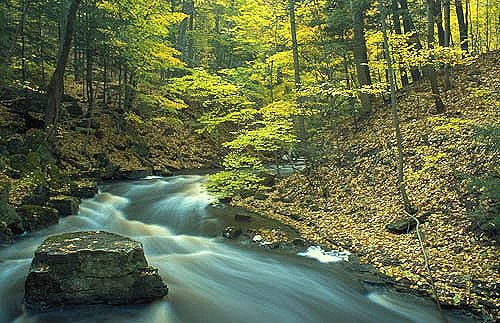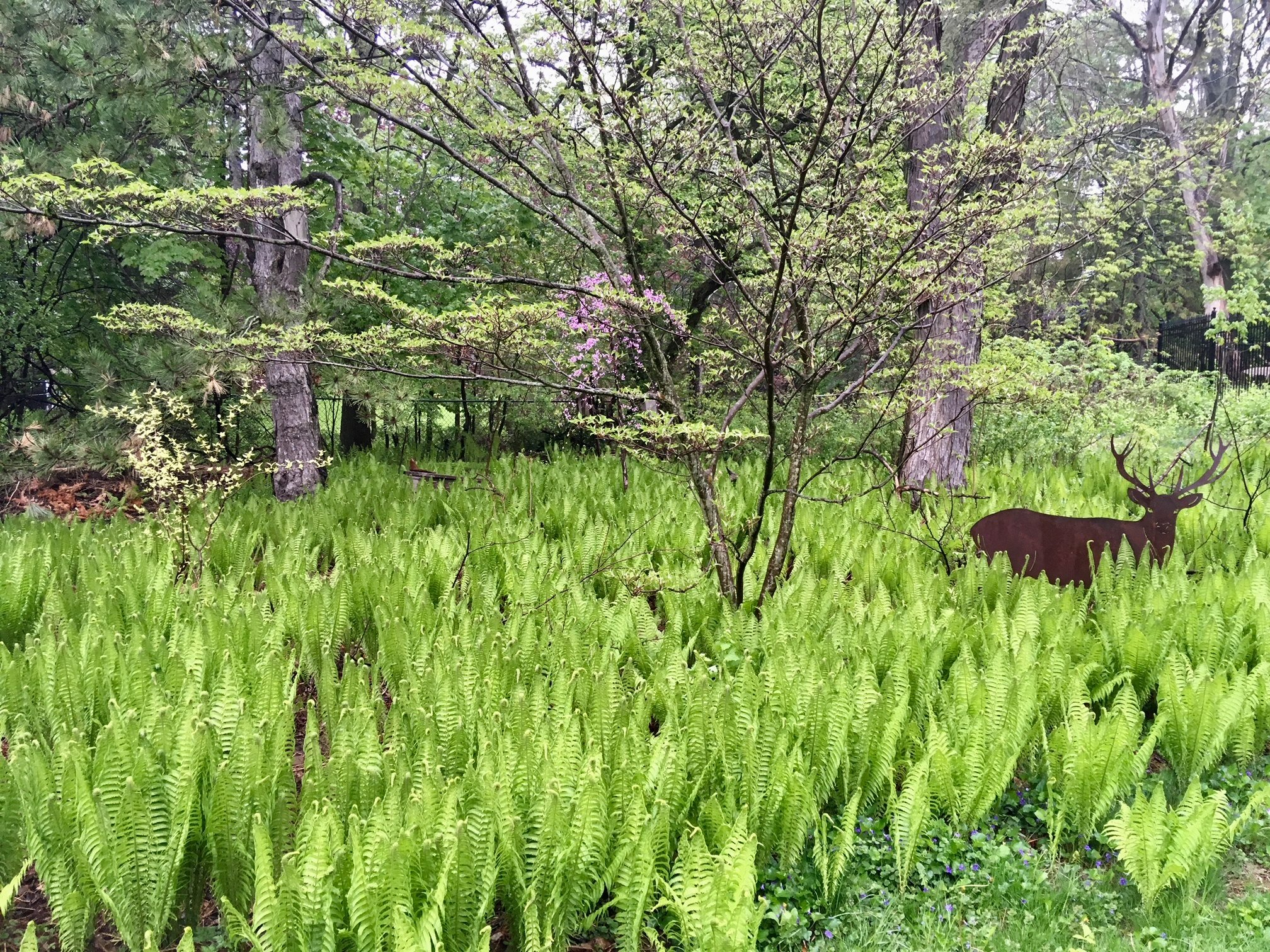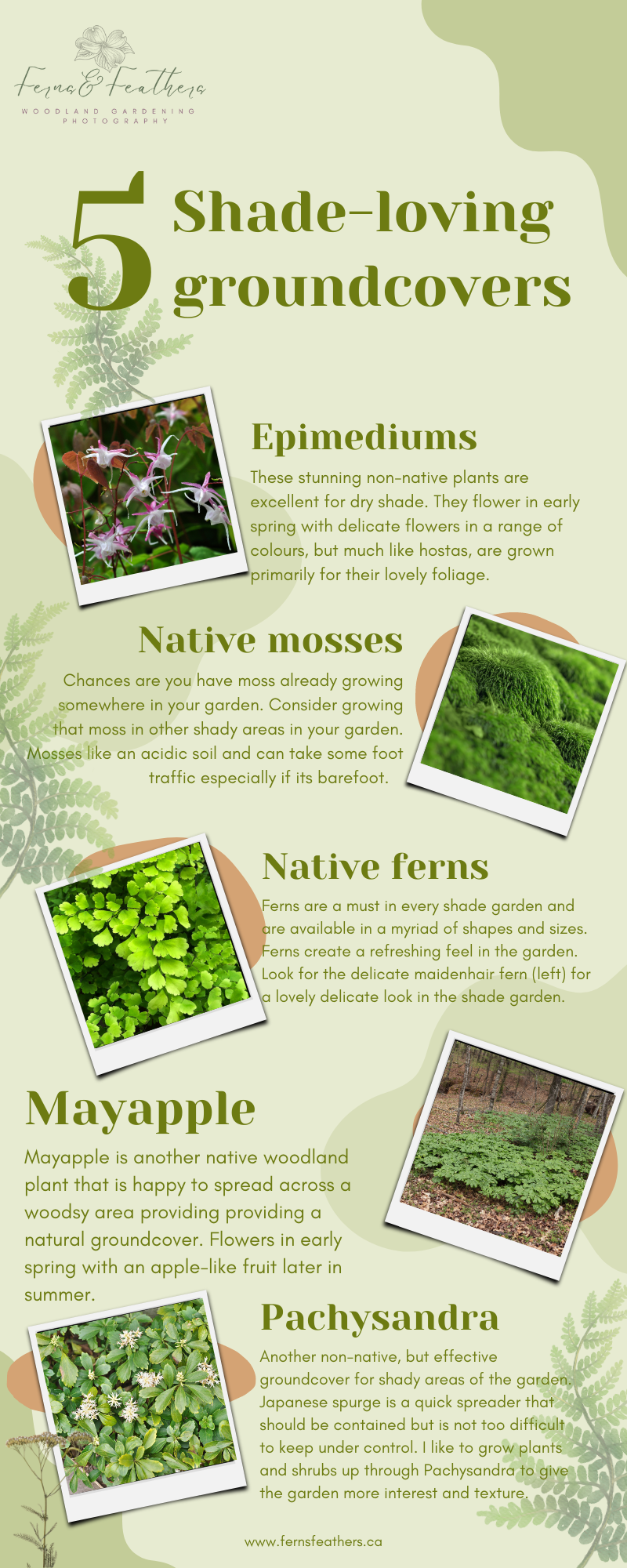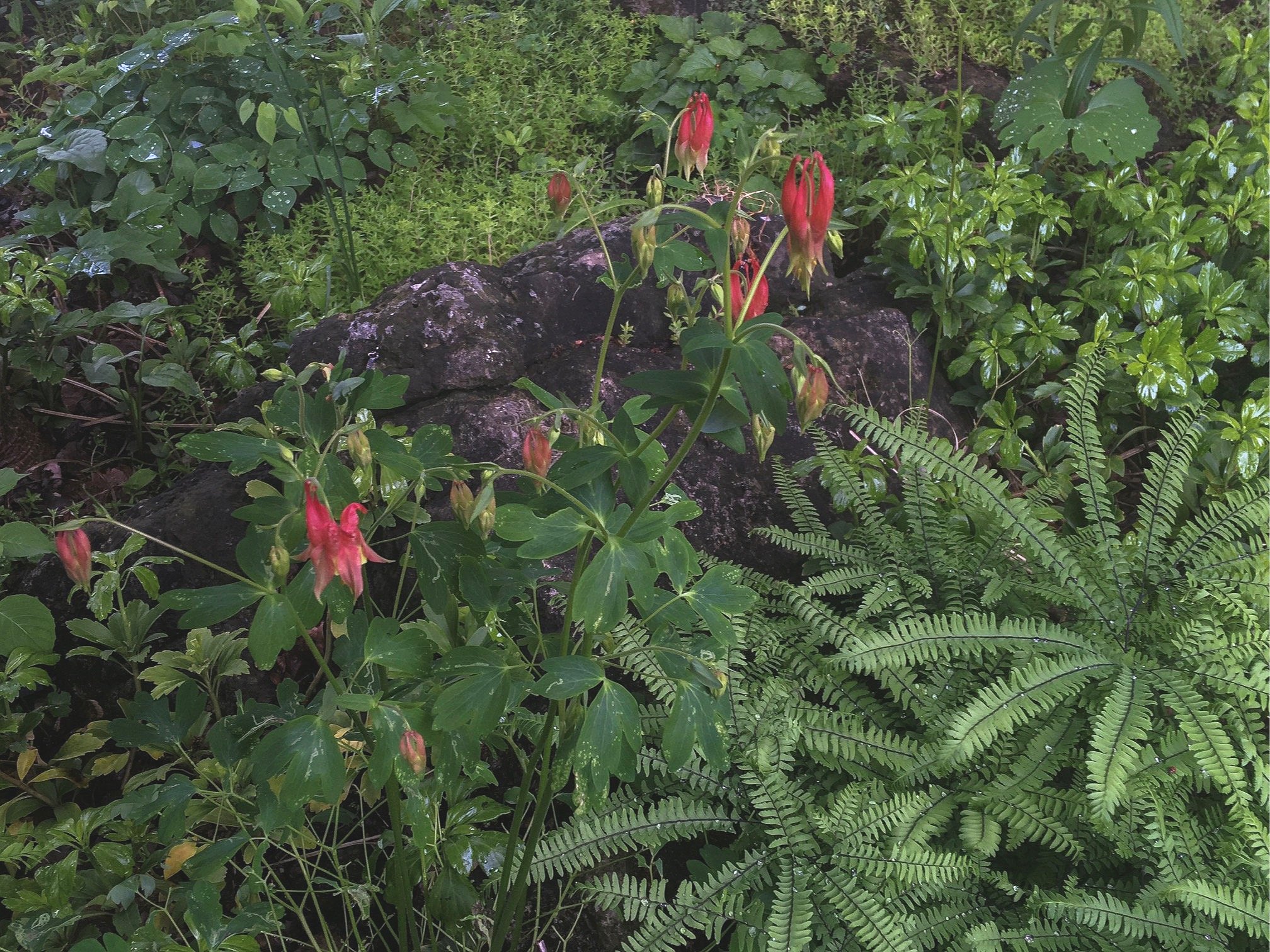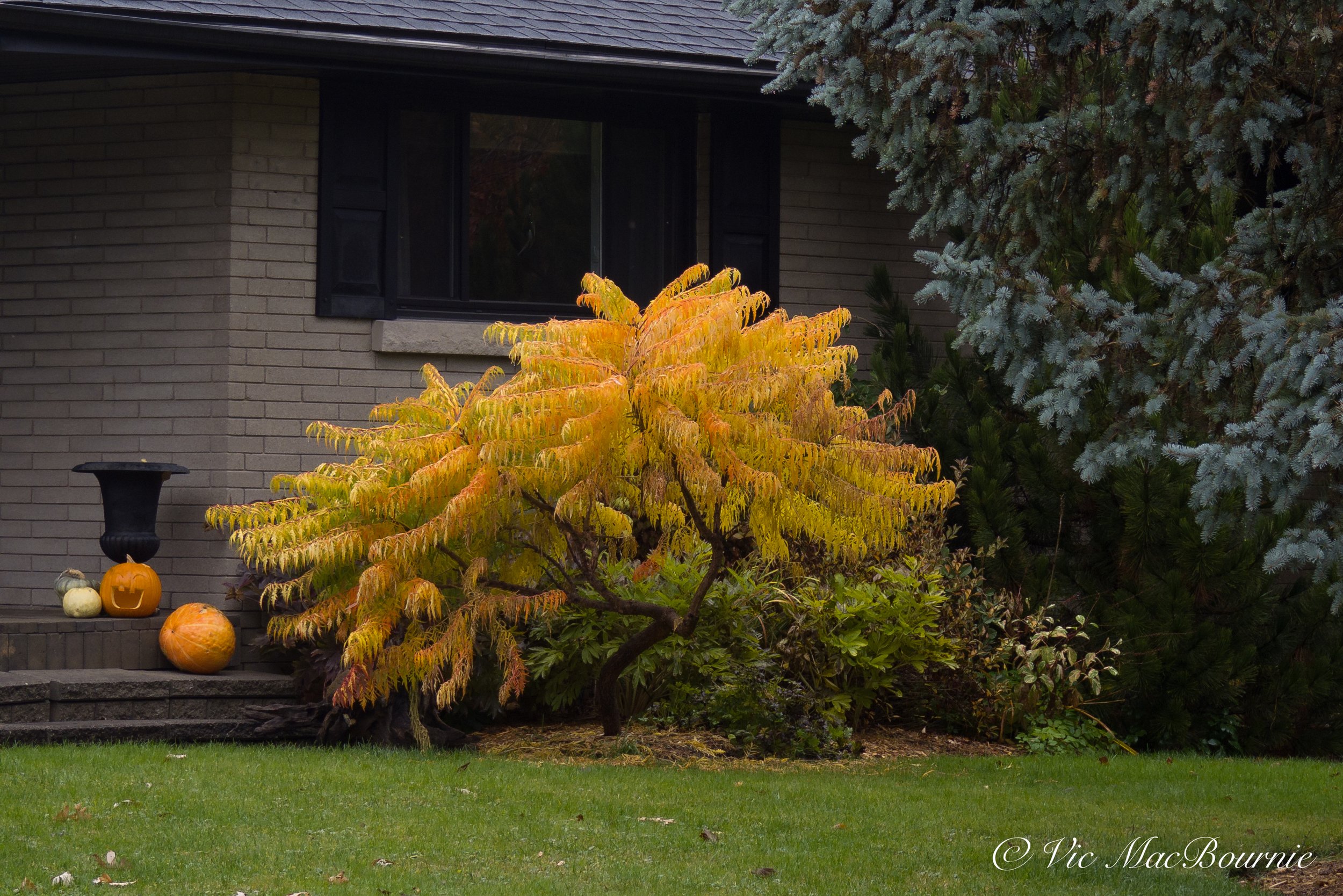How to garden in the shade (Why shade gardening is important in 2022)
What to plant in a shaded area of the garden
I don’t know why shade gardening developed a bad reputation in some circles, but times are changing and gardeners are beginning to recognize the benefits of gardening in the shade.
For woodland gardeners, learning to get the most out of the little sun our gardens receive has always been a key factor in the success of our shade gardens. And, learning how to deal with varying levels of shade in the garden – full shade, part shade, open shade – is a constant learning process.
Is shade in the garden a good thing?
Some gardeners may still ask: Is shade good for a garden?
The answer is a resounding yes, especially as many of our gardens are hit by the extremes of climate change. Shady areas not only allow us to grow plants we couldn’t in a sunny area, shade helps to cool our gardens the wildlife that live in it and the soil that our plants depend on for nutrients.
If the soil is too hot, it will dry out too quickly and lose its effectiveness as a growing median.
The Natural Shade Garden, written by garden writer extraordinaire Ken Druse in 1992, helped to introduce many gardeners to the benefits of gardening in the shade.
Since then, the combination of climate change – with its extreme heat and droughts – forced gardeners to rethink their approach, and the growing awareness of our role in rewilding urban landscapes, has slowly convinced many more gardeners to embrace the benefits of shade and woodland gardening.
In fact, Druse’s book, The New Shade Garden updates The Natural Shade Garden with information on dealing with the problems associated with climate change as well as providing a new generation of gardeners less concerned about visual beauty in the garden and more concerned about the garden’s ability to reduce carbon dioxide in the environment. Take a moment to check out my earlier review of The New Shade Garden.
In his book The Natural Shade Garden, Druse challenges readers to imagine an idyllic garden where shade plays a major role in the landscape.
Why we love a shade garden
The author opens by asking readers to imagine a walk in the woods where they might come across a sunny meadow, and a stream cutting through waist-high flowers.
“Follow its path and you’ll come to the edge of the woodland. This half-shade is the habitat of the evergreen and deciduous shrubs: mountain laurel, blueberry bushes and deciduous rhododendrons, for example.”
Even if we have never taken this “walk in the woods” there is a certain familiarity with his description of the experience. Maybe it reminds us of a favourite garden or, maybe, it’s the garden of our dreams and one we long to experience.
The Natural Shade Garden is a roadmap to help us get there.
In the book’s opening, the author goes on to explain that the “small trees that line the forest – dogwoods, redbud, and shadblow (serviceberry) – mingle with the spreading shrubs. Pass into the darkness and you’ll find more woody plants of the under story blooming in turn: witch hazel, Fothergilla, and oakleaf hydrangeas…. Spring in the deciduous forest explodes with masses of flowers that bloom and fade before the emerging leaves veil the light from above.”
Shade gardens focus on texture rather than raw colour
To some – those who worship colourful garden beds – Druse’s idyllic garden might sound rather dull.
But to the more experienced gardener – those who recognize the importance of a tranquil garden that celebrates leaf texture, shape and architectural interest over the use of gaudy colour – the shade garden represents a new awakening, free of daily chores including the constant upkeep associated with deadheading, fertilizing and heavy watering.
It’s where ferns can take centre stage in the heat of summer. Where hostas are at home growing through the native ground cover of wild ginger and where birds build their homes in the many tree and shrub layers that are the source of much of the shade in the garden.
Throughout the book, Druse takes us on a journey through shade gardens pointing out the ingredients to success.
Let’s explore some of the plants and shrubs that Druse suggests gardeners use to create the successful shade garden.
What plants grows best in the shade
Best ground covers for a natural shade garden
Any plant that spreads to cloak the soil can be used as a ground cover. That includes low-growing shrubs, herbaceous perennials, vines and grasses. Druse explains that even “a good-sized hosta, can be used as a ground cover…. A mass planting of evergreen azaleas might be considered a ground cover.”
Druse doesn’t leave out the “most famous ground cover of them all: grass lawn.”
“No other living plant can stand so much foot traffic. But there are problems with lawn (My post on eliminating lawn). Besides the fact that it has to be mowed often, fertilized endlessly, watered, weeded, and mowed again, it doesn’t like shade very much.” Druse explains that lawns are a “gross-feeder” that “perishes not only from lack of light, but also from insufficient nutrition.”
So what are the alternatives?
Moss: If you are blessed with moss already, enjoy it, explains Druse. “I’ve met one gardener,” Druse writes, “who gave up trying to keep a lawn in the shade and let his soil go to moss. He was very surprised to find that it kept up quite well, even under teenagers and touch football.”
Today, moss as a lawn substitute is not rare. In Japan and more humid areas where moss grows naturally, it has become a more common ground cover.
Moss is best used for smaller areas where it can be kept clear of garden debris and kept moist year round.
Moss may not need mowing, but it does require some upkeep to ensure it thrives and looks its best.
Back in 1992, when The Natural Shade Garden was written, moss was not as available as it is today. Now, sheets of moss can even be purchased to create large areas of beautiful, soft mosses. If you have mosses growing in your garden, take note of the conditions and experiment with it in other areas of your garden with similar growing conditions.
Other grass alternatives include:
(Be sure to check out my post on best ground covers.)
• Irish and Scotch mosses: are actually sun-loving perennials that look and act much like traditional moss. (Click here for my post on moss-like ground covers)
• Ajuga, vinca, moss pink and moneywort all can take some light foot traffic.
Dry shade tolerant ground covers include:
• Japanese pachysandra
• Vinca
• Epimediums (Be sure to check out my post on Epimediums)
• Galium
American barrenwort (Vancouveria hexandra) (hardy to zone 5) “is a light and airy alternative to so many of the leatherleaf subshrubs,” explains Druse.
Berry-producing ground covers include:
• Bunchberry is the smallest dogwood that sports the same white dogwood flower bracts that its larger siblings the flowering dogwoods have. Bright red flowers follow in fall. (Be sure to check out my separate post on Bunchberry here.)
• Contoneasters: Both evergreen and deciduous varieties.
• Cowberries: A native cranberry
• Creeping snowberry also called wintergreen
• Oregon Grape
• Mock strawberry
These are just a sampling of the ground covers that Druse lists in great detail.
Some of the best shrubs and deciduous perennials for shade
The Natural Shade Garden turns the spotlight on the middle layer of the woodland garden stating: “A garden makes its strongest impression in the middle layer – between the gound covers and the trees. It’s where the eye naturally comes to rest. So, it’s an area that requires special consideration. This is home ground to the herbaceous perennials and the flowering shrubs.”
It’s these plants that will form the framework of the landscape, Druse explains.
“Choosing plants from the woodlands and the edges of the forest, and carefully selecting and preparing their new home, will be your mission.”
Favourite shrubs and perennials for the Natural Shade Garden
Early bloomers to add colour:
• Baneberries
• Cimicifugas
• Goatsbeard
• Astilbes
• Meadowsweet Filipendula purpurea
• Meadow rue
• Columbines
• Corydalis
• Dutchman’s-breeches
• Hellebores
• Solomons seal
• Foxgloves
•Cardinal flowers
• Sedums
• Hostas are essential for the natural shade garden.
Shrubby plants for the New Shade Garden
• Azaleas
• Rhododendron
• Oak Leaf Hyrangea
• Rough leaved Hydrangea
• Annabelle Tree Hydrangea
• Star magnolia
• Viburnums (Check out my story on 7 viburnums for the woodland garden)
• Red-twig dogwood
• Rose of Sharon
• Winter hazel
• Mountain laurel


